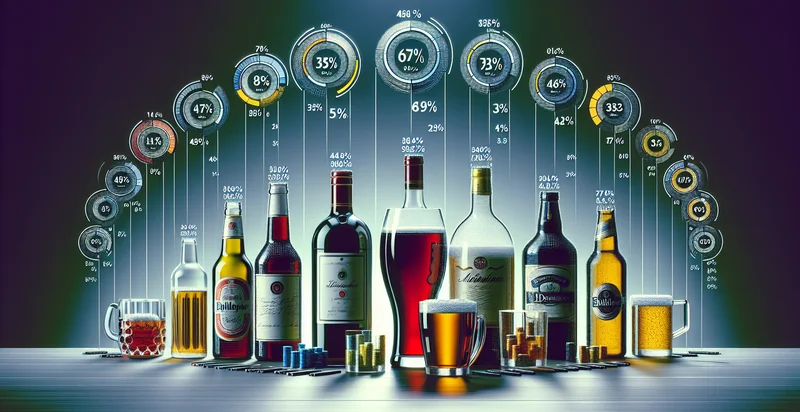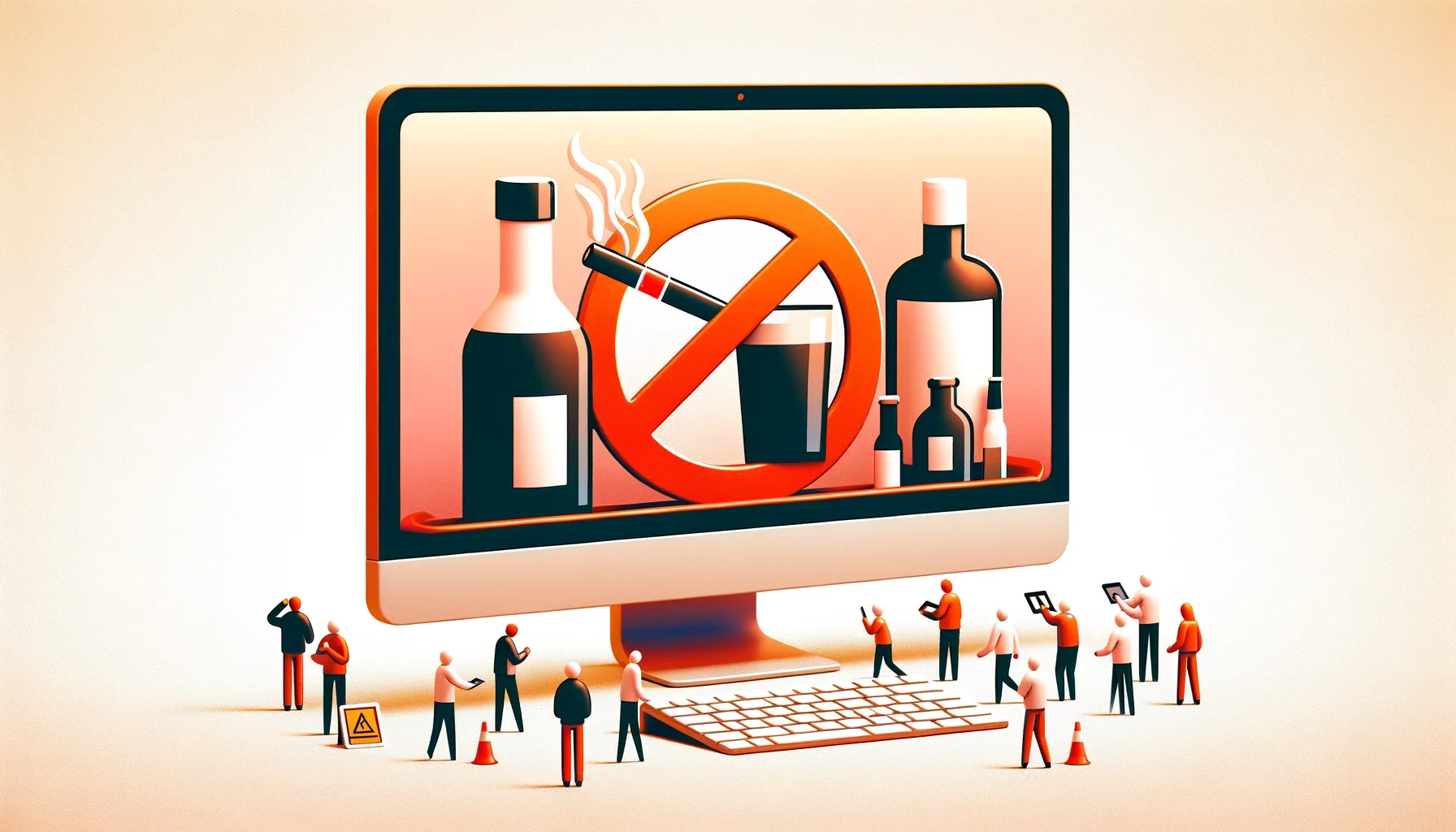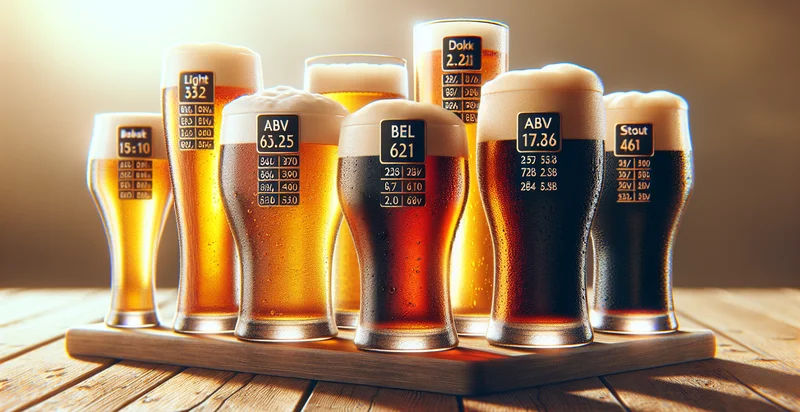Identify alcohol content from description
using AI
Below is a free classifier to identify alcohol content from description. Just input your text, and our AI will predict the alcohol content level based on the product description - in just seconds.

Contact us for API access
Or, use Nyckel to build highly-accurate custom classifiers in just minutes. No PhD required.
Get started
import nyckel
credentials = nyckel.Credentials("YOUR_CLIENT_ID", "YOUR_CLIENT_SECRET")
nyckel.invoke("alcohol-content-from-description", "your_text_here", credentials)
fetch('https://www.nyckel.com/v1/functions/alcohol-content-from-description/invoke', {
method: 'POST',
headers: {
'Authorization': 'Bearer ' + 'YOUR_BEARER_TOKEN',
'Content-Type': 'application/json',
},
body: JSON.stringify(
{"data": "your_text_here"}
)
})
.then(response => response.json())
.then(data => console.log(data));
curl -X POST \
-H "Content-Type: application/json" \
-H "Authorization: Bearer YOUR_BEARER_TOKEN" \
-d '{"data": "your_text_here"}' \
https://www.nyckel.com/v1/functions/alcohol-content-from-description/invoke
How this classifier works
To start, input the text that you'd like analyzed. Our AI tool will then predict the alcohol content level based on the product description.
This pretrained text model uses a Nyckel-created dataset and has 7 labels, including Alcohol-Free, High, Low, Medium, None, Very High and Very Low.
We'll also show a confidence score (the higher the number, the more confident the AI model is around the alcohol content level based on the product description).
Whether you're just curious or building alcohol content from description detection into your application, we hope our classifier proves helpful.
Related Classifiers
Need to identify alcohol content from description at scale?
Get API or Zapier access to this classifier for free. It's perfect for:
- Beverage Compliance Monitoring: This use case focuses on monitoring and ensuring that alcoholic beverage descriptions comply with legal regulations regarding labeling. By classifying the alcohol content mentioned in product descriptions, businesses can ensure accurate representation and avoid potential legal issues related to misleading labeling.
- E-commerce Product Categorization: Online retailers can utilize this function to automatically categorize products based on their alcohol content. Accurate classification helps in creating tailored product listings and enhancing the shopping experience for customers seeking specific alcohol levels, such as low-alcohol or high-alcohol beverages.
- Marketing Campaign Optimization: Businesses can analyze descriptions and class classifications to optimize their marketing campaigns. By understanding the alcohol content levels most appealing to their target audience, companies can tailor their messaging, promotional materials, and product placements accordingly.
- Inventory Management: Retailers can employ this function to manage their inventory more effectively. By categorizing products based on alcohol content, businesses can forecast demand, adjust stock levels, and streamline their supply chain operations, ensuring that they meet customer preferences.
- Recipe Development: Restaurants and bars can leverage this identifier to develop cocktails and food pairings based on specific alcohol content levels. By understanding the alcohol content in various beverages, chefs and mixologists can create unique recipes that balance flavors and enhance the overall dining experience.
- Consumer Behavior Insight: By analyzing user-generated descriptions of alcoholic beverages, businesses can gain insights into consumer preferences related to alcohol content. This information can be crucial for product development, as insights about popular alcohol levels can guide the creation of new offerings that resonate with customers.
- Health and Safety Compliance: Beverage companies can utilize this function to support health and safety initiatives by ensuring that descriptions accurately reflect alcohol content. This is especially important in promoting responsible drinking and complying with health regulations, ultimately fostering customer trust and brand integrity.


